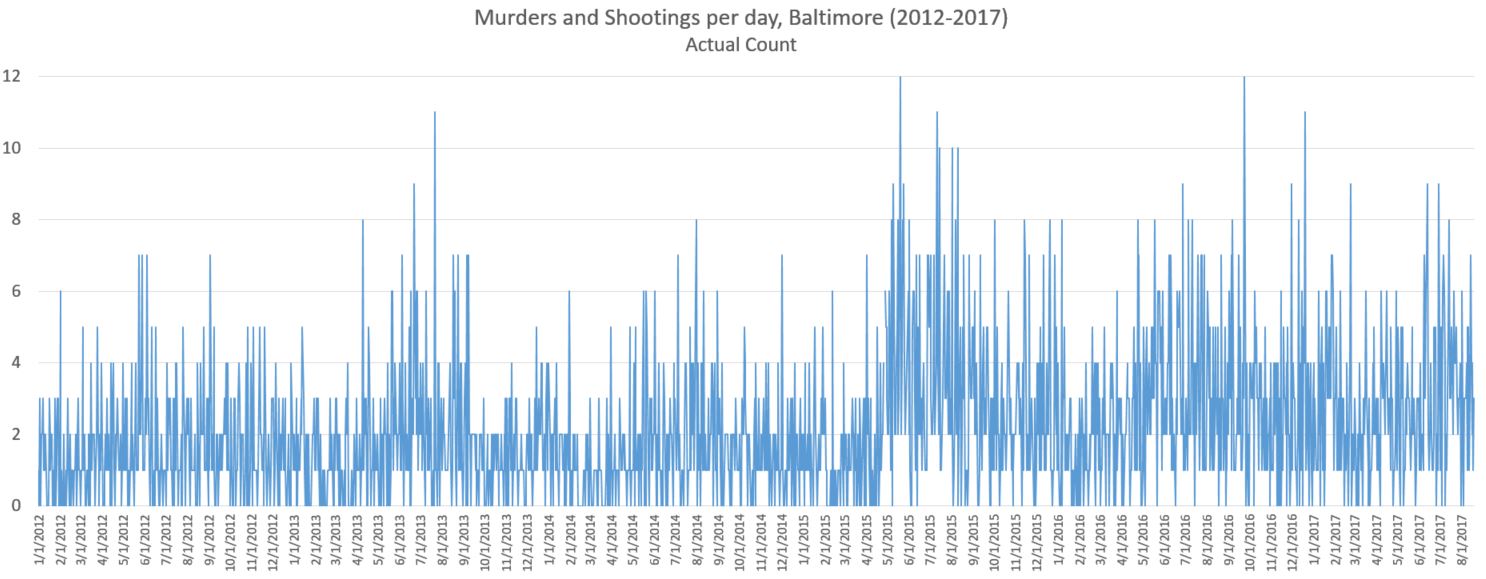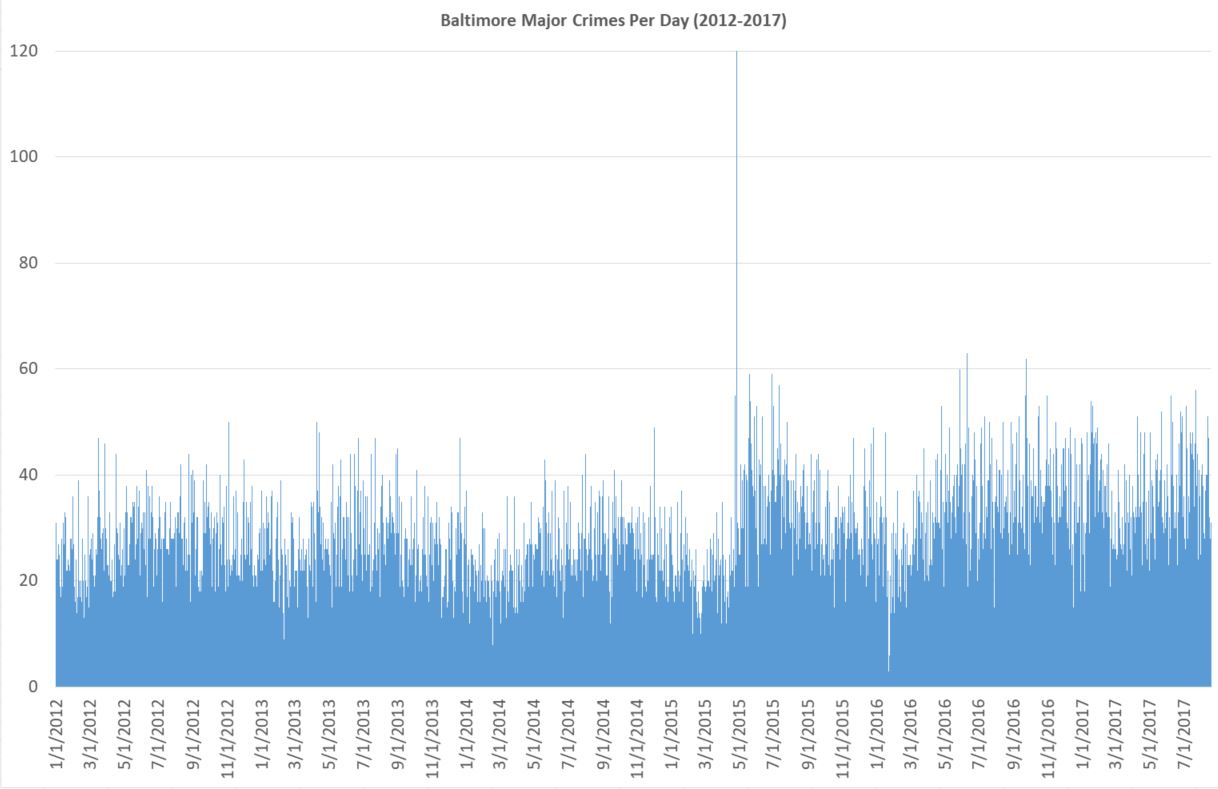So somehow perhaps I thought doing a podcast would be less time consuming or easier than writing a blog post? No. Hell, no. Do you know what editing entails? Even light audio editing? But it’s different. Kind of fun. What the hell. I hope it’s educational (and hopefully also entertaining). Anyway, here’s Nick Selby and I talking about the acquittal…
Month: September 2017
Quality Policing: Episode 2
Enjoy. You can add Quality Policing to your podcast subscription or download the MP3 audio file old-school style. Either way, head on over to the webpage for info and links.
Still trying to explain…
What’s wrong with the Brennan Center’s analysis? There are many problems. But here are a few: 1) They take a non-random sample (which isn’t bad in and of itself) and then A) don’t tell the reader in the text and B) state conclusions as if the sample were a random sample (every data point equal chance of being picked), representative…
Quality Policing Podcast: Interview With Jeff Asher
There’s another quality policing podcast in which I talk to data analyst Jeff Asher about the Brennan Center’s latest report on crime. Asher had posted this thread about methodological problems in their data and analysis. Brennan has a new report out showing murder down 2.5% nationally, but there are some major issues with that finding. 1) The figures cited aren’t…
Quality Policing Podcast
Nick Selby and I made a podcast! Check it out at qualitypolicing.com/. The first episode is up. And cut us some slack, it’s the first episode.
The Freddie Gray Effect in Baltimore
Building on my previous post on data presentation, I did some grunt work to get a count of murders and shootings for each and every day since January 1, 2012. (If you think that’s easy or [that] can be readily downloaded, you’re wrong. Update: I could have saved a few hours of grunt work had I thought of using the …
Data presentation and the crime rise in Baltimore
Data presentation fascinates me because it’s both art and science. There’s no right way to do it; it depends on both hard data, good intentions, and interpretive ability. Data can be manipulated and misinterpreted, both honestly and dishonestly. And any chart is potentially yet another step removed from whatever “truth” the hard data has. Where I’m going isn’t exactly technical,…




